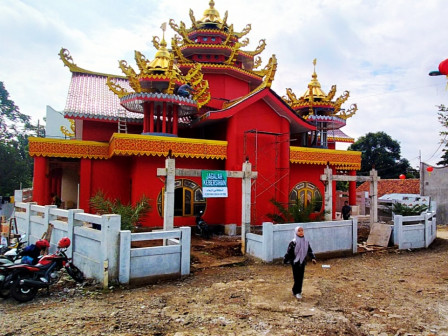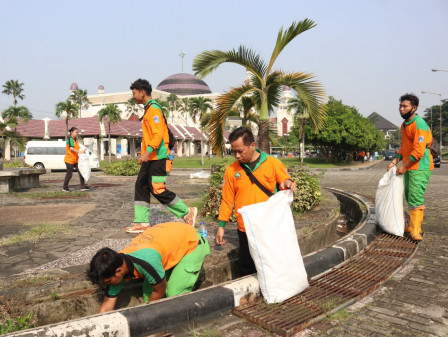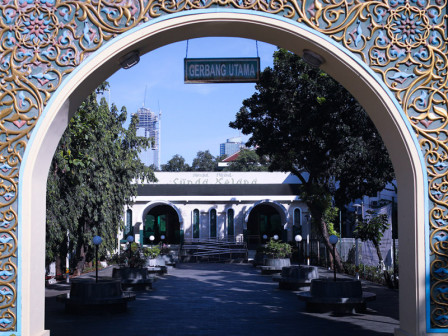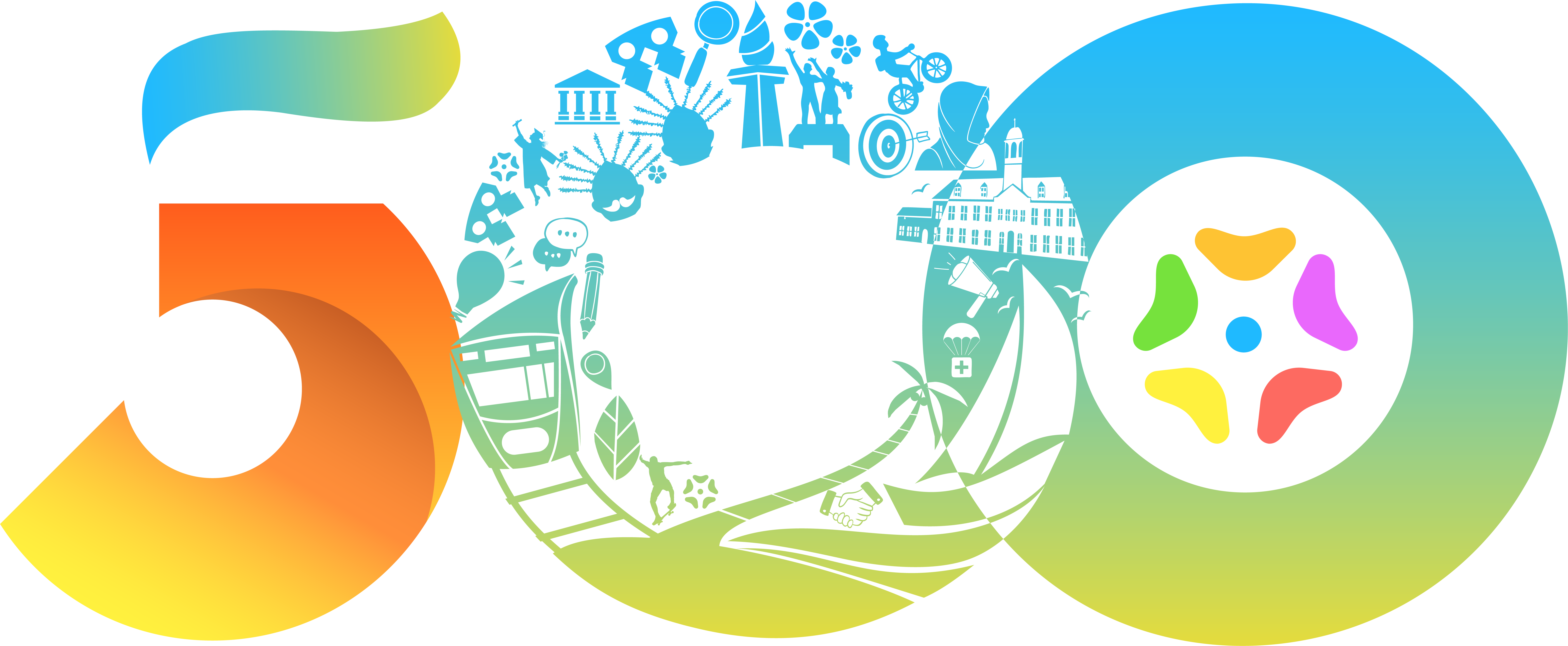Let's Take a Peek at the Tjia Kang Ho Mosque!
Reported by Nurito | Translated by Nugroho Adibrata
If we visit Jalan H Soleh, RT 02/07, Pekayon Urban Village, Pasar Rebo, East Jakarta, we will see a strong atmosphere of diversity. Religious, ethnic, and cultural diversity is very integrated in this region.
This mosque was previously my grandfather's house
It can be seen from a mosque building which spreads over an area of approximately 793 square meters with a building area of 297.5 square meters.
With its temple-style architecture dominated by red, accompanied by Betawi Gigi Balang ornaments (wooden ornament found in traditional Betawi houses) on the plinth, this mosque, named Tjia Kang Ho, is a portrait of the acculturation of Chinese, Islamic, and Betawi culture.
Fatahillah Mosque at Jakarta City Hall Provides Free Takjil During RamadanTjia Kang Ho Mosque's Mosque Welfare Council (DKM) Chairman, Muhammad Wildan Hakiki explained the mosque's name was taken from his grandfather's name before he converted to Islam and changed his name to H. Abdul Soleh.
"Before converting to Islam, my grandfather's name was Tjia Kang Ho. This mosque was previously my grandfather's house. After a family meeting, it was agreed to be transformed into a mosque," he explained.
To preserve ancestors' cultural heritage, mosques were built to resemble temples, taking the example of the Al-Imtizaj Mosque on Jalan Banceuy, Bandung City, West Java.
Then the Muhammad Cheng Hoo Mosque on Jalan Gading, No. 2, Ketabang, Genteng Sub-district, Surabaya City, East Java, and the Tan Kok Liong Mosque in Cibinong, West Java.
"The construction of them was initiated by my father, Budiyanto Tjia, to spread the Islamic religion in this area," he explained.
He added the Tjia Kang Hoo Mosque has five pagoda sections that reflect the Pillars of Islam, namely the Creed, Prayer, Zakat, Fasting, and Hajj for those who can afford it.
Then the pagoda section on the main roof consists of three layers reflecting the pillars or basic framework of the correct religion as the path to Heaven: Faith, Islam, and Ihsan.
The small pagoda, built in two layers, has the meaning of achieving happiness in this world and the afterlife, which requires a relationship with God and fellow living creatures, both humans and other living creatures.
He uttered that the mosque built in October 2022, is still in the finishing process by installing a conblock on the side and front of the mosque yard, creating a garden, paving the access road to the mosque, and creating a DKM office behind the mosque.
Despite it having yet to touch 100 percent, the mosque can already be used to perform fardhu and tarawih prayers during this month of Ramadan. If it was complete, there would be a routine agenda for Islamic spreading activities.
"At this time, it can't be used for other Islamic activities," he closed.




